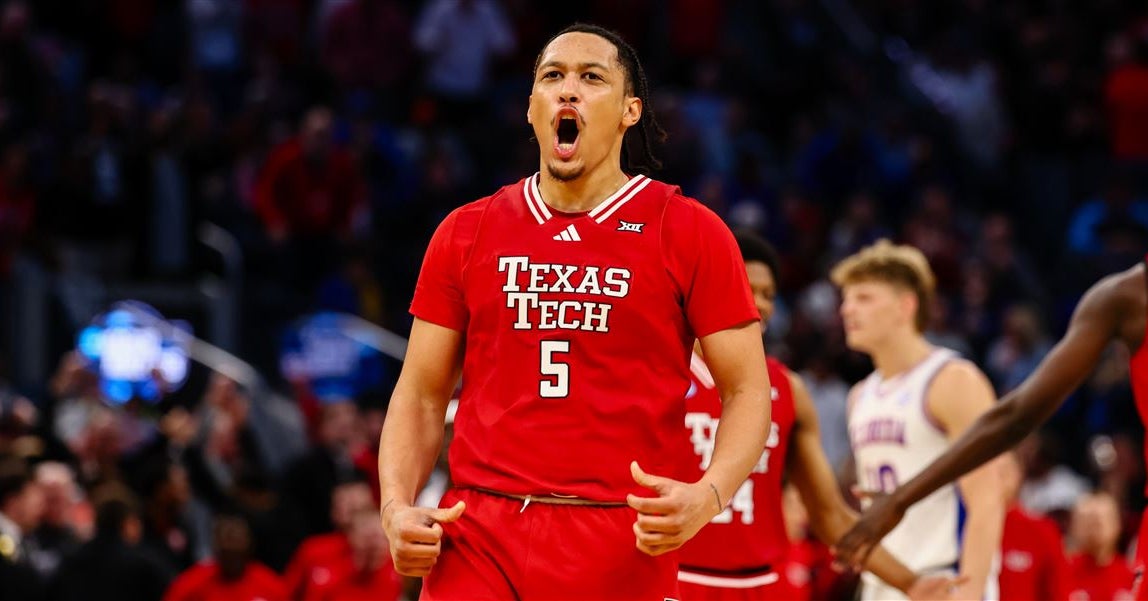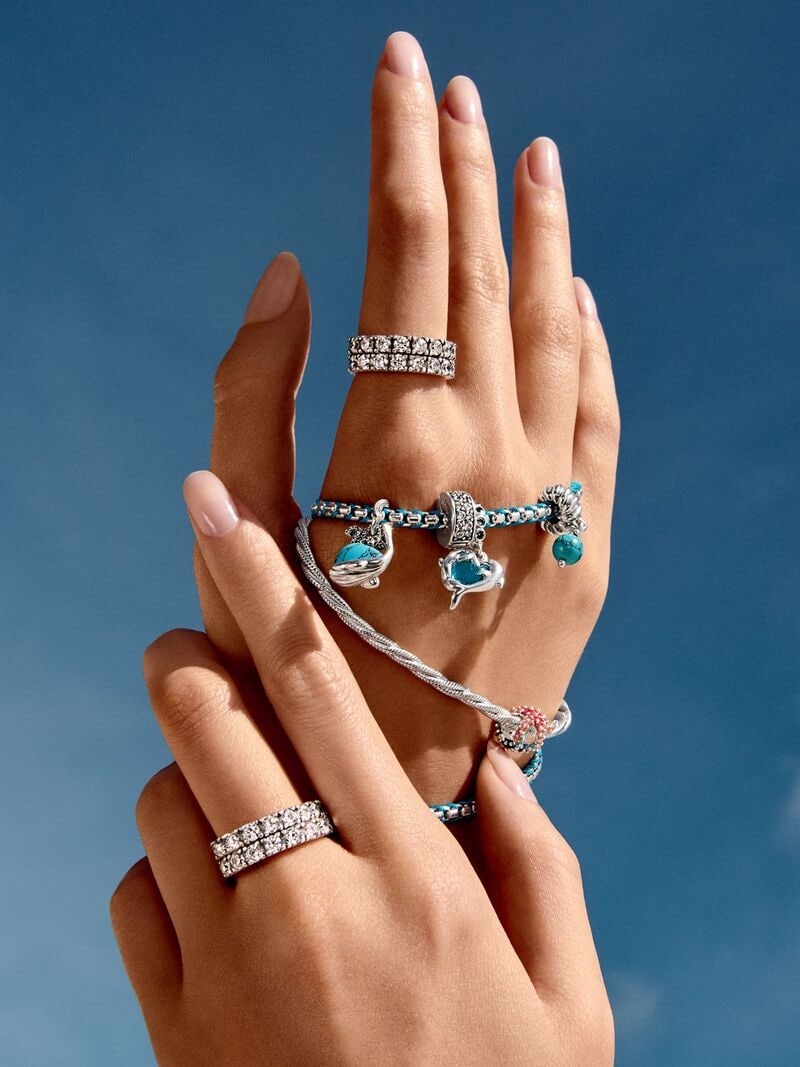The 'Buy Now, Pay Later' Trap, Explained By A Psychologist
Decision fatigue can make you impulsive. "Buy Now, Pay Later" can make you broke. Here’s the ... More psychology behind the most seductive shopping trap.
gettyLong before Klarna, Zilch and Afterpay attracted consumers with their “Buy Now, Pay Later,” schemes, department-store chains like Kmart had their own version of delayed gratification. For a small fee, customers could reserve an item, make payments over time and only take it home once it was fully paid off. But it required patience.
Then came credit cards, which flipped the model: take it now, pay later. But this was regulated, and not everyone had access to a credit card by default.
Buy Now, Pay Later (BNPL) schemes are not regulated and are a hybrid of both. They preserve the illusion of financial caution, like layaways once did, while delivering the joy of instant ownership.
Because there’s no need for a credit score, no official approval process and no institutional guardrails, even those still navigating early financial independence are being nudged into debt with a single tap.
And if that wasn’t enough, sellers are using one of the oldest psychological tricks in the book to ensure you default to BNPL: They’re counting on you being too cognitively overloaded to think.
There’s a reason the phrase “no-brainer” cuts both ways in this case. On the one hand, BNPL offers are, in theory, smart financial tools. Debt isn’t inherently a bad thing.
When used well, it can free up liquidity, which allows you to invest your money elsewhere while paying off a purchase in manageable chunks. In that sense, spreading out payments might feel like a savvy move. Most houses are bought on credit, because debt can be a strategic lever when matched with stable income and long-term planning. But a house appreciates.
When we look at what’s actually being financed, it becomes clear that the pattern is more impulsive, more reactive and far less considered. Nearly half of all BNPL purchases are clothing and fashion, according to data from Numerator.
The average user decides to go the BNPL route because they can’t afford the item outright. And the platforms know this.
By the time most shoppers arrive at the checkout screen, they’ve already made dozens of micro-decisions — what brand, what size, what color, which seller and what shipping option. The sheer volume of information processed along the way quietly wears the brain down. It’s called cognitive load, and psychological research shows that it drains your decision-making energy.
A 2024 conference paper that focused specifically on this type of overload found that too much information on a page affects visual attention and decision quality. In this state, guiding the shopper toward a default path, like a Buy Now, Pay Later option highlighted by the seller, becomes easy and effective.
BNPL blurs the line between affordability and accessibility. The moment a consumer can’t pay on time, late fees stack up. And in most cases, BNPL platforms don’t report timely payments to credit bureaus, meaning you don’t build credit — but if your debt gets sent to collections, your score can tank.
What starts as a convenience can quietly morph into a liability. A LendingTree survey found that 41% of BNPL users reported paying late in the past year, up from 34% the year before. Many of them weren’t behind by more than a week — but repeat use and overlapping loans compound risk. Nearly a quarter of users said they’d had three or more BNPL loans active at once.
Even more concerning is the shift in what’s being financed. One in four BNPL users now say they’ve used it to buy groceries. And partnership between platforms — like Klarna and DoorDash, for instance — is making it easier to finance takeout.
Debt is no longer tied to long-term assets or life upgrades. It’s being used to delay the pain of day-to-day spending — a strategy that may feel necessary now but often backfires later.
Most people think dopamine is the brain’s pleasure chemical, but that’s an oversimplification. Neuroscientists have long known that dopamine is more tied to anticipation than satisfaction. The surge hits when the possibility of reward seems real. That’s why window shopping feels so good. That’s also why scrolling through endless product pages late at night feels oddly energizing.
Buy Now, Pay Later lowers the barrier between that dopamine spike and action. You don’t need to earn the purchase, budget for it or sit with the desire. You just click “Pay Later,” and the reward loop closes — fast.
So, if you’re trying to regain control, start by breaking that loop. Recognize that the emotional high is frontloaded, not backloaded. Wait 24 to 48 hours before buying anything that triggers a surge of want. You’ll be surprised how often the urge fades, once dopamine exits the scene.
And if you are tempted by the option to finance takeout, ask yourself if you’d still like to be paying for a burrito and a side of chips you had three weeks ago.
Are you falling for the “Buy Now, Pay Later” trap? Take the Financial Management Behavior Scale to find out if your financial management needs work.










